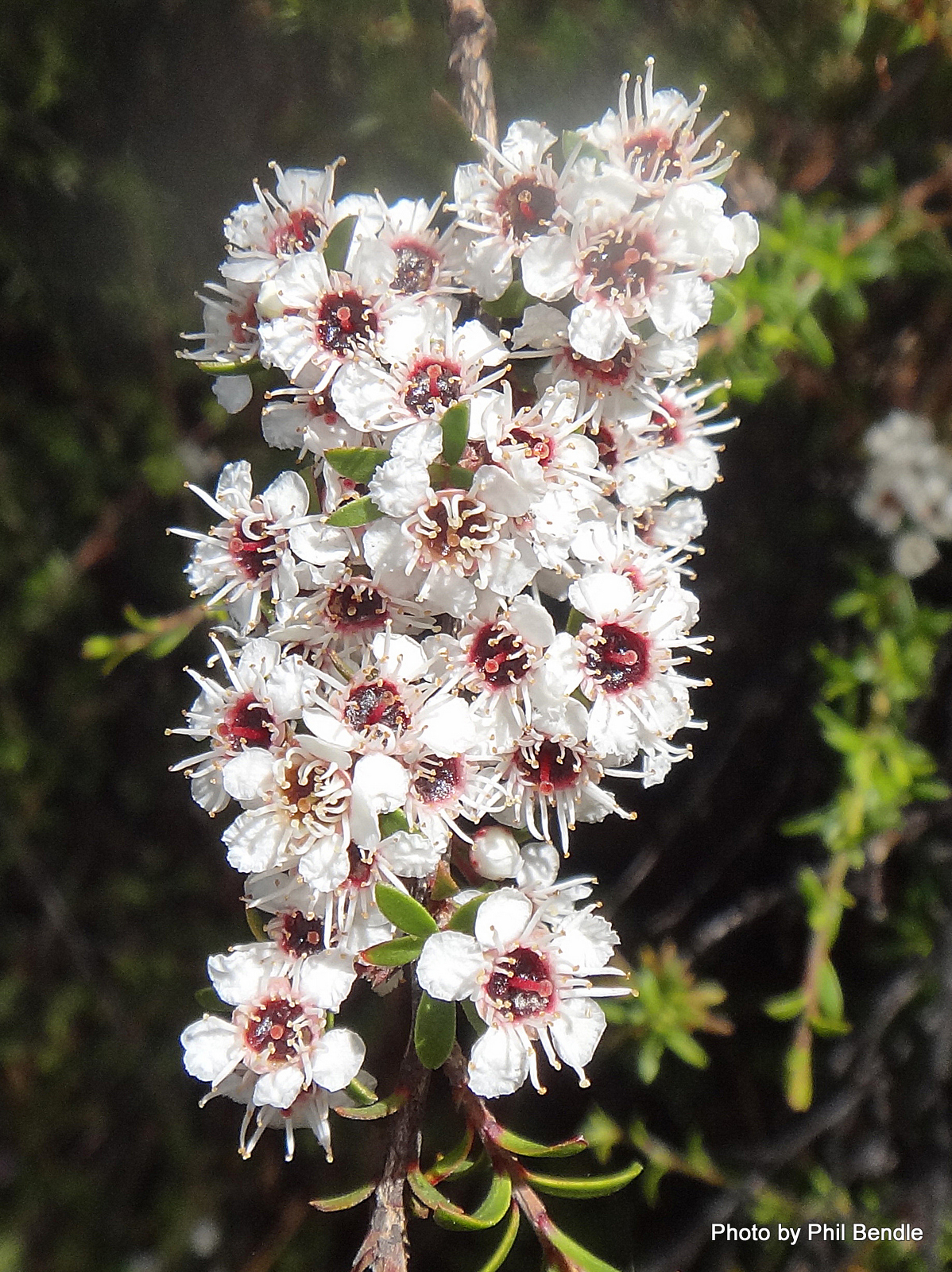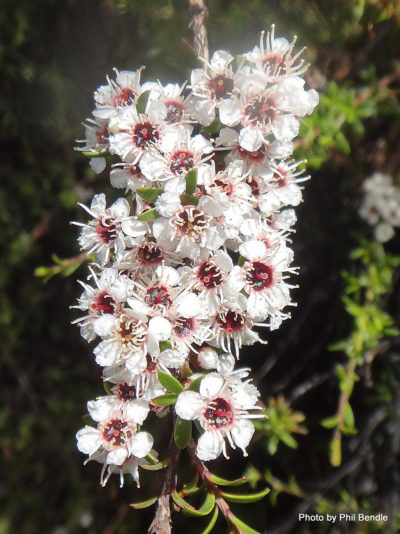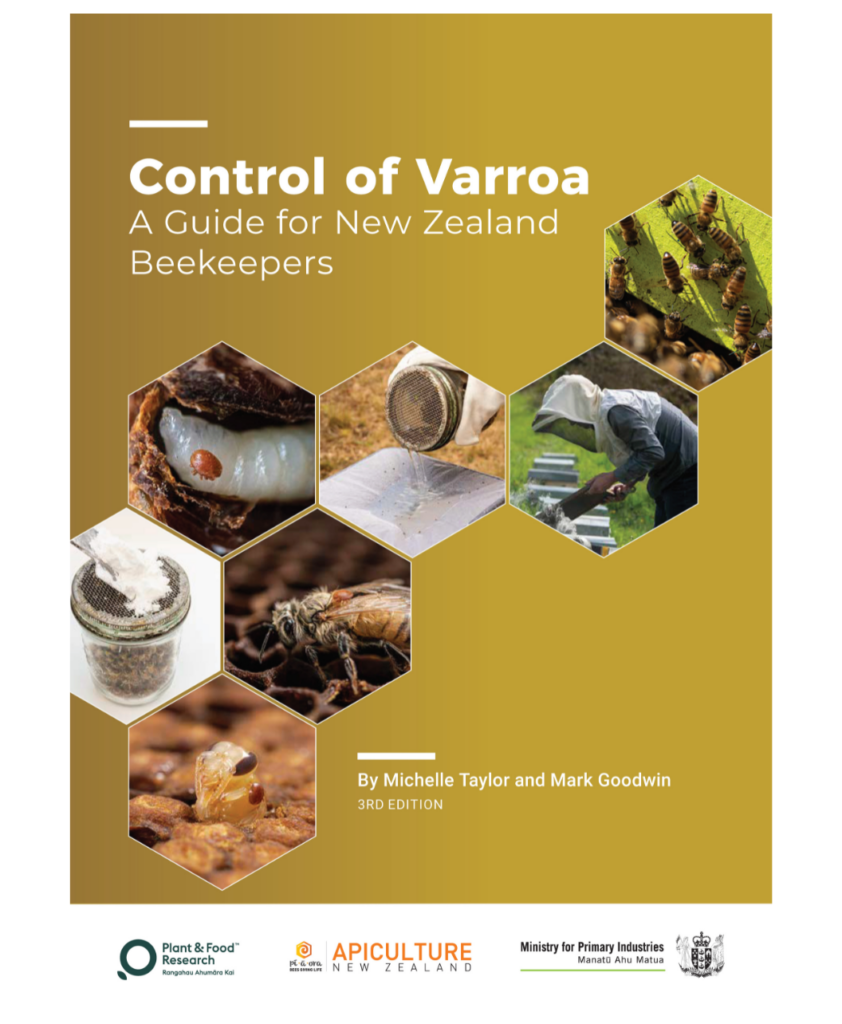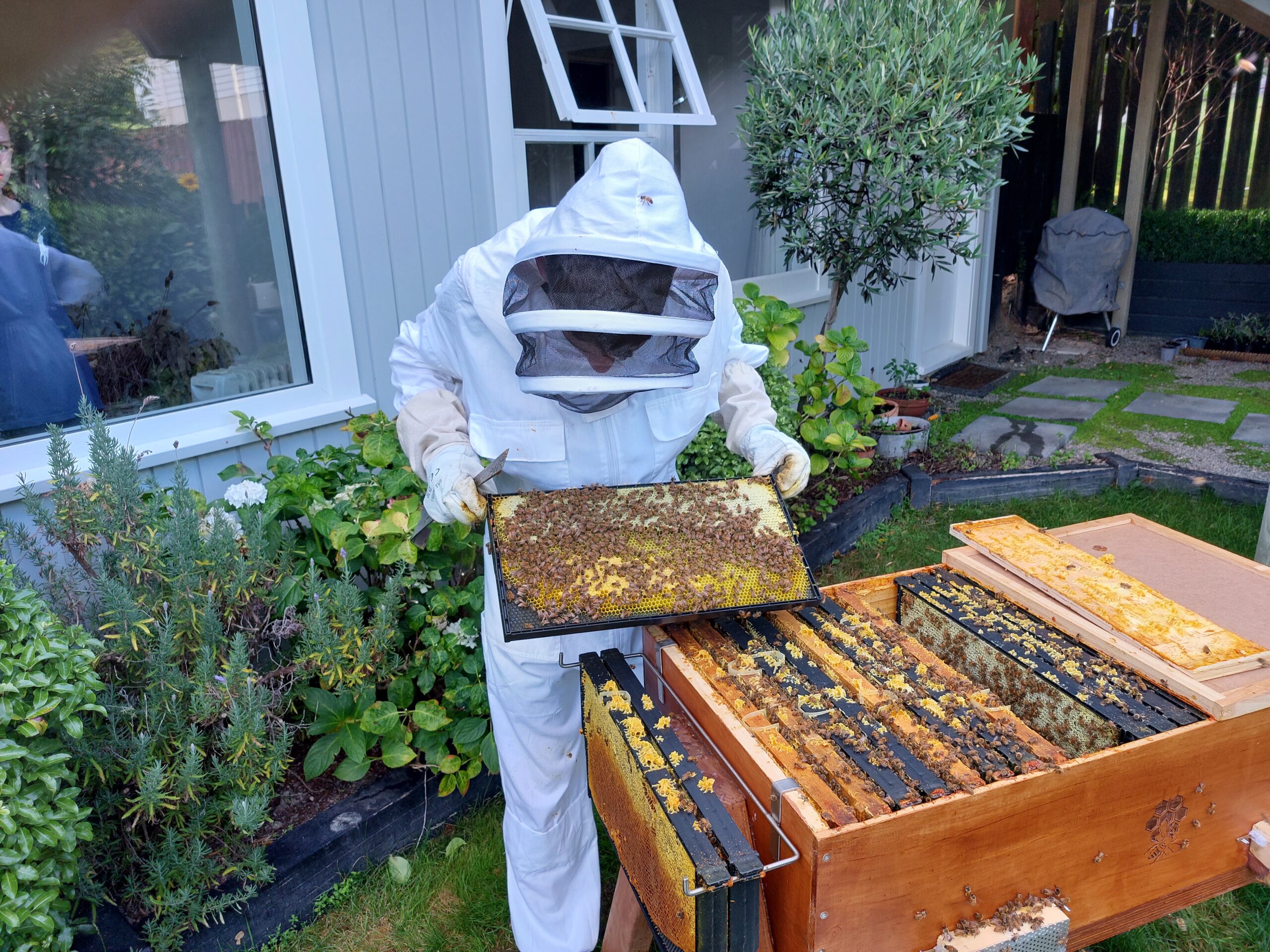
Manuka Vs Kanuka.
There is no doubt that kanuka is the poor cousin of the two but what really makes the difference?
First let’s look at appearances.
The flowers: (Of course, you cannot use this as an indicator when there are no flowers!) Manuka has larger single flowers that are spread over the bush while kanuka flowers are smaller and tend to grow in clumps. They also generally flower later.

The bark: Kanuka bark is light brown and has thin strips while manuka bark has a reddish tinge with wider strips.
The leaves: This is the best way to tell the difference as kanuka leaves are softer than manuka.
Kanuka trees grow taller, up to 10 metres and generally have a longer life.
The most important difference for beekeepers are in the honey.
Manuka has a unique non-peroxide antibacterial activity (NPA) as a result of the chemical methylglyoxal (MGO) being present in high concentrations. We measure honey’s quality by its MGO levels.
Kanuka honey does not have MGO present. However, although kanuka does not exhibit non-peroxide activity it does have antibacterial properties due to high levels of hydrogen peroxide in the honey. As research into the health benefits of kanuka continues, we may see a greater demand for this honey also.
See the following link for more information on this topic:
https://www.callaghaninnovation.govt.nz/customer-stories/healing-powers-honey
Other blogs relating to Manuka:
https://www.hiveworld.co.nz/harvesting-manuka-honey/ ,
https://www.hiveworld.co.nz/new-manuka-standard-causes-controversy-in-the-far-north/ ,




